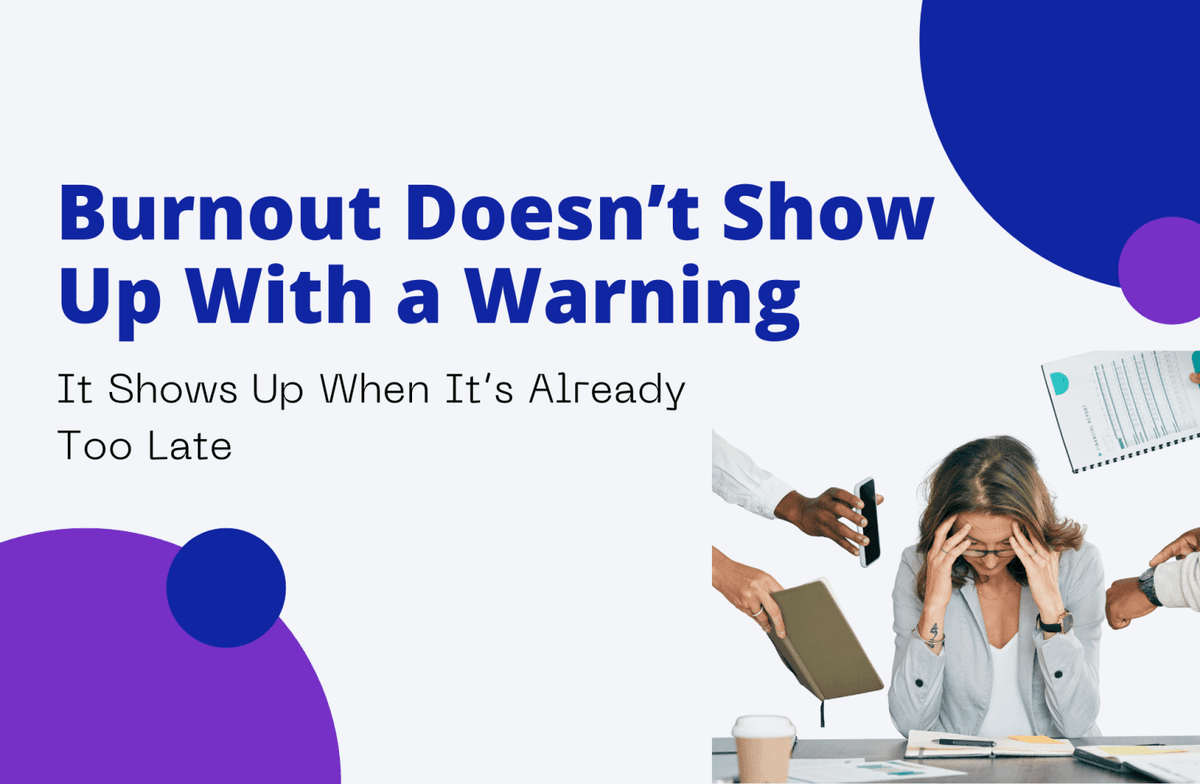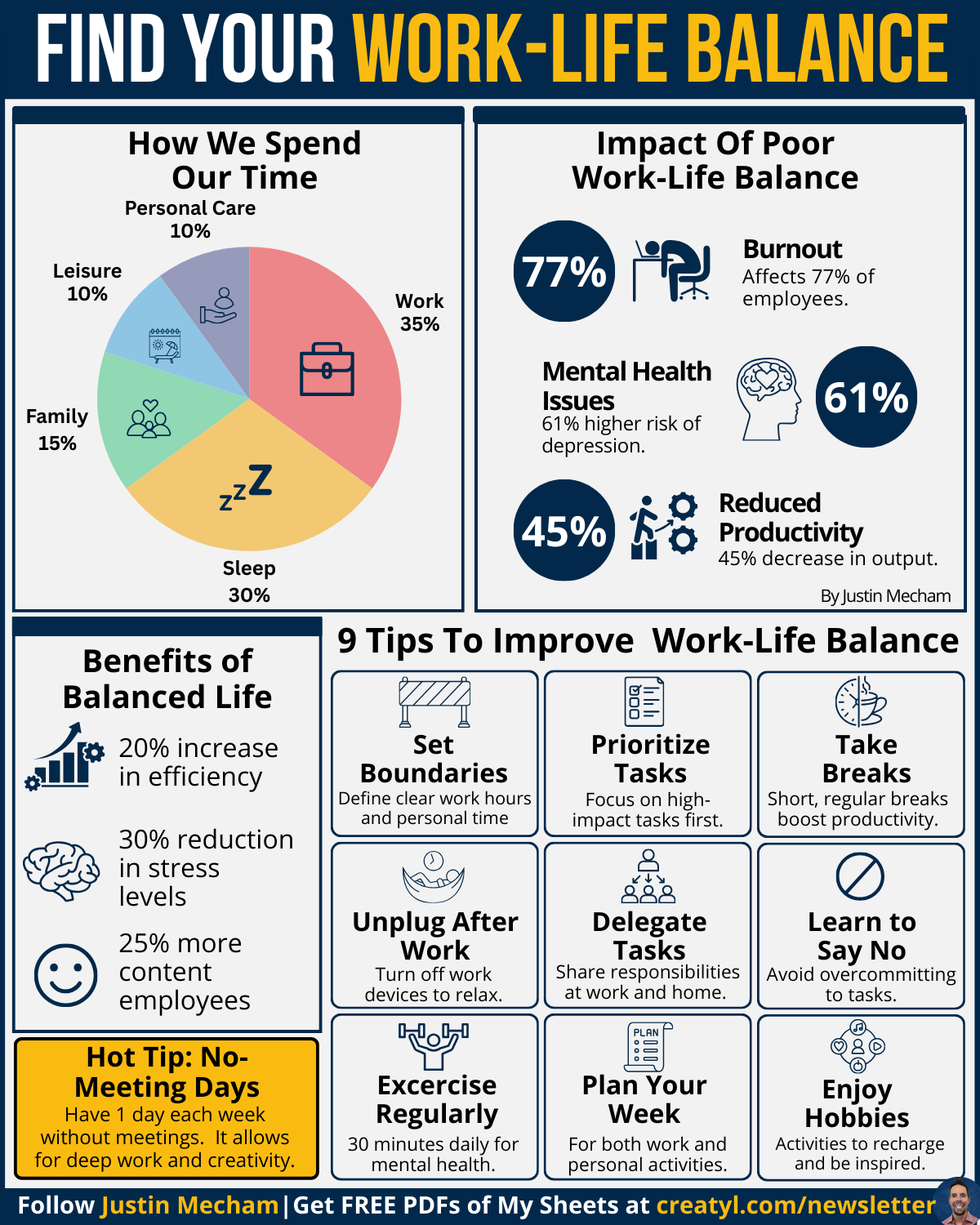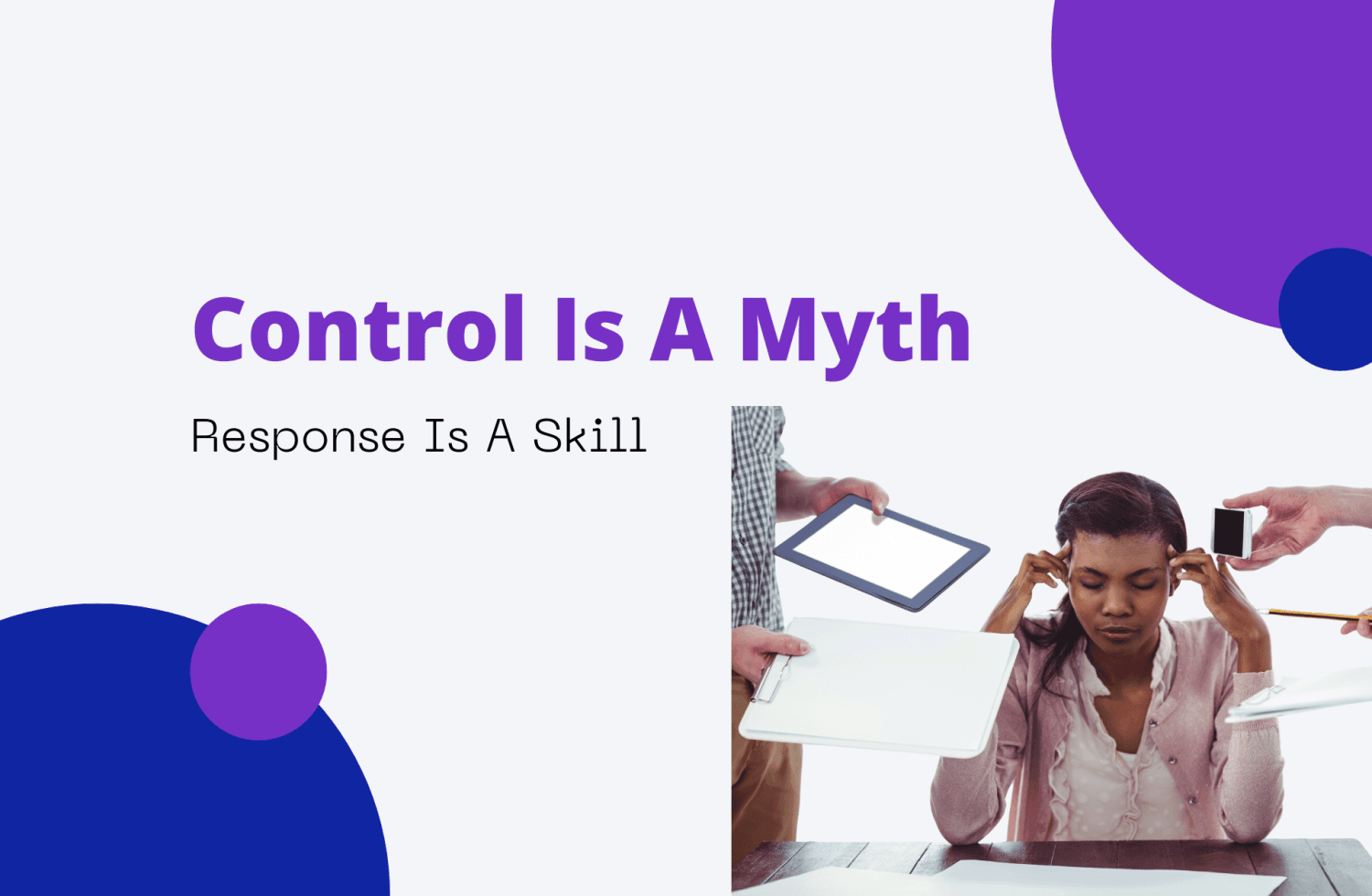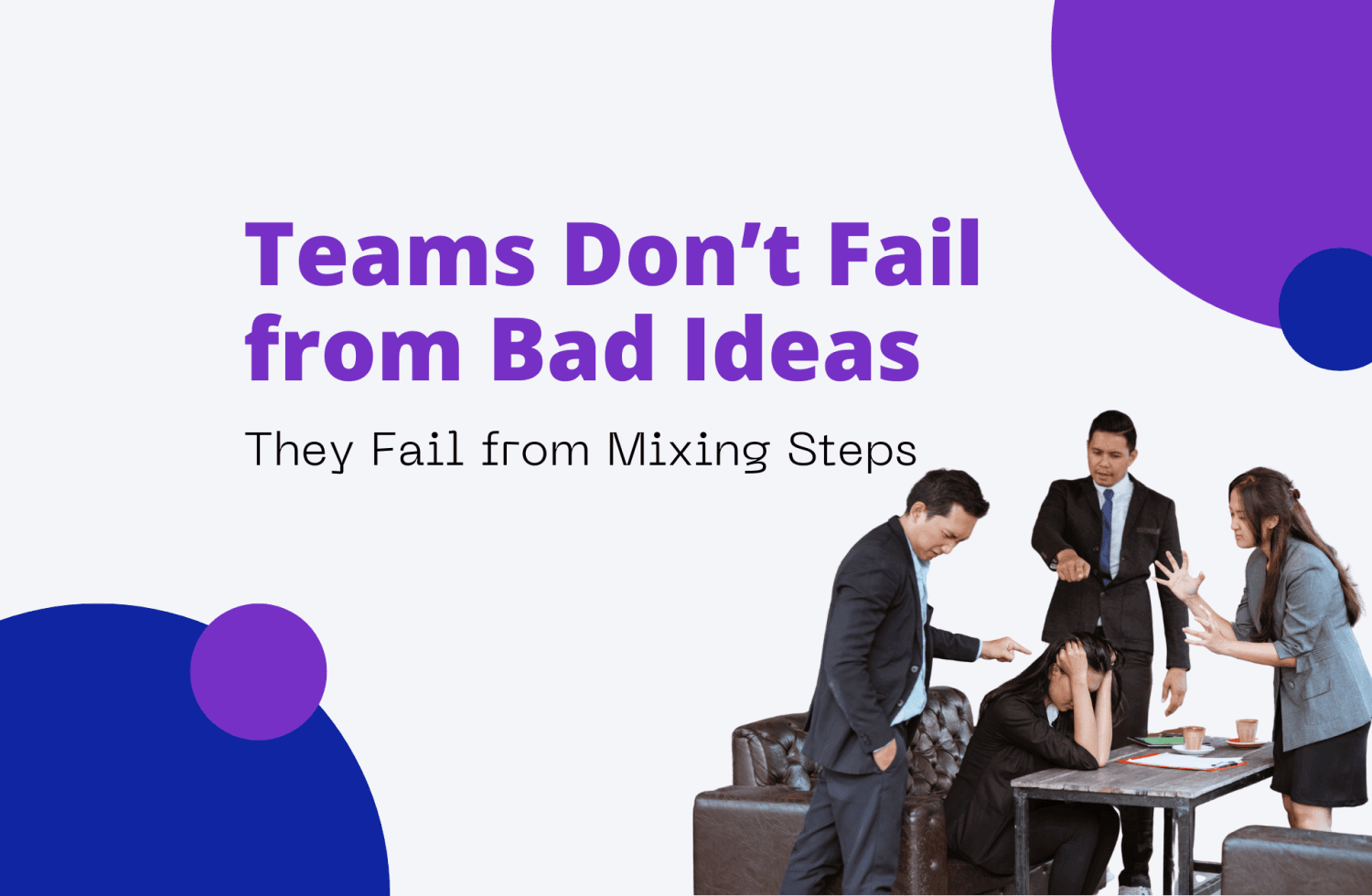Click Here to Download The PDF
There’s a moment a lot of people don’t talk about.
It’s not the crash. Not the burnout leave. Not the tears-on-the-keyboard breakdown.
It’s the moment before all of that—
When your calendar looks full, your inbox is overflowing, and everyone thinks you’re doing great.
But inside, you’re disconnected.
You’re on autopilot.
You’re getting things done, but it feels like something’s slipping.
And you’re not even sure what.
That moment is the early warning sign.
It doesn’t look dramatic.
It looks like checking out mentally while showing up physically.
It looks like waking up already tired.
It looks like being too drained to care about what used to excite you.
Burnout doesn’t show up with alarms.
It shows up with silence.
And if you’re not watching for it, it’s easy to miss—until it takes something from you.
This article isn’t about “slowing down” or finding some perfect balance.
It’s about building capacity to live, work, and show up fully—without running yourself into the ground.
Let’s go there.
Burnout by the Numbers (And Why You Shouldn’t Ignore Them)
Let’s start with what the research says—because it’s loud, and it’s real:
- 77% of employees say they’ve experienced burnout
- 61% face a significantly higher risk of depression
- 45% show a direct drop in productivity tied to poor work-life balance
These aren’t fringe cases.
These are your coworkers, your team members, your friends. Maybe even you.
What’s worse is that these numbers haven’t gotten better with time.
Even with more conversations about mental health, remote flexibility, and workplace well-being, people are still overextended.
Still working through exhaustion. Still pretending everything’s fine.
And what’s often framed as a personal issue—just sleep more, just take better care of yourself—is often a systemic one.
One built on blurred boundaries, non-stop notifications, and the silent expectation that your availability = your value.
It’s time to call it what it is: burnout is not weakness.
It’s a symptom of a system that never taught people how to stop.
Forget Balance—What We Actually Need Is Space
Work-life balance has been marketed like a magic formula.
But most people already know—life doesn’t split into neat little chunks.
Some days, work takes more.
Some days, family needs more.
Some days, you just need a minute to think.
Balance isn’t about perfectly dividing your hours.
It’s about making room for the things that refill you.
Space to reset. Space to care. Space to breathe.
Without space, everything gets compressed.
You go from one Zoom call to the next.
You reply to messages while eating lunch.
You scroll endlessly, not because you’re lazy—but because your brain is looking for an escape.
That’s not a balance problem.
That’s a capacity problem.
So instead of aiming for “perfect balance,” the better question is:
Where do I need more space, and what’s keeping me from it?
What Burnout Looks Like Before It Breaks You
It doesn’t always look like missed deadlines or breaking down in a meeting.
It’s sneakier than that.
Burnout often shows up like this:
- You get the work done, but nothing feels meaningful anymore
- You start avoiding messages, even from people you like
- You dread logging in every day, even if you love what you do
- You feel like you’re always “on,” but never really present
- You snap at small things, then blame yourself for being irritable
- You’re so mentally tired, even watching TV feels like effort
The danger is, this starts to feel normal.
You stop questioning it.
You think, this is just what it means to be busy.
But busy shouldn’t mean disconnected.
And getting things done shouldn’t come at the cost of your peace.
Real Workplace Example: The Team That Looked Fine—Until It Wasn’t
I was brought in to consult for a high-output creative team.
On paper, they were thriving—crushing deadlines, launching big campaigns, and hitting every KPI.
There were no red flags in their performance reports.
But in 1-on-1s, a different picture emerged.
People felt disconnected from each other.
Collaboration had stalled. Meetings were quiet.
There were more mistakes in the final deliverables, and projects that used to feel exciting now felt robotic.
They weren’t saying they were burned out.
They were saying things like, “I can’t focus anymore,” and “I’m tired all the time.”
It wasn’t a collapse. It was a slow, quiet drift.
The more I asked questions, the more patterns I uncovered.
There were no clear stop points in the day.
Most people worked through lunch.
Slack messages came in at midnight.
One person told me they were afraid to log off “too early” because it might look like they weren’t committed.
They weren’t lazy. They weren’t disengaged.
They were running on empty—and afraid to admit it.
We made a few grounded, human changes:
- No-Meeting Wednesdays became sacred space.
- Not for errands, not for calls—just deep, uninterrupted work. People reported feeling more accomplished by Thursday than they had all week before.
- End-of-Day Signals were implemented team-wide.
- No Slack messages after 6:00pm unless critical. Anyone working late did it by choice—not obligation. This small shift alone helped people feel more control over their time.
- Reset Rituals were added after log-off.
- Each person created a short, tech-free transition—like making tea, stepping outside, or journaling. It helped rewire their brains to mentally leave work, not just physically.
- 3-Item Weekly Planning replaced overstuffed to-do lists.
- Every Monday, the team chose their top 3 goals. That clarity reduced overwhelm and improved follow-through.
- Micro-breaks were blocked into calendars—15 minutes every 2 hours, protected like meetings.
- Those little pauses brought focus and calm back into the workflow.
In less than a month, the entire tone of the team shifted.
People started speaking up again. Collaboration returned.
And for the first time in a long time, they actually looked forward to Mondays.
Tools That Don’t Just Say “Take a Break”—They Actually Help
If you’re ready to make real change, here are tools that don’t waste your time:
Book
Four Thousand Weeks: Time Management for Mortals by Oliver Burkeman
This book is a reality check in the best way. It reminds you that you only get so many weeks on this planet—so stop filling them with noise and urgency that doesn’t matter. It’s smart, thought-provoking, and wildly helpful.
Another excellent resource is Burnout: The Secret to Unlocking the Stress Cycle by Emily and Amelia Nagoski.
This book unpacks the biology of stress and teaches you how to actually complete the stress cycle—so it doesn’t live in your body, stealing energy every day.
TED Talk
“How Burnout Makes Us Less Creative” by Rahaf Harfoush
If you’ve ever felt like your ideas have dried up even though you’re working harder than ever, watch this. It explains how creative thinking dies under constant stress—and what to do about it.
Also recommended: “How to Stop Burnout Before It Starts” by Jacqueline Kerr.
It’s not about bubble baths or breathing exercises. It’s about systems, science, and habits that help you stay human while still performing well.
Podcast
Your Supernova Moment by Maggie Supernova
This podcast goes beyond surface-level advice. It explores the emotional reality of burnout—and how people recover, reset, and return to themselves.
If you’re more into science and psychology, check out Hidden Brain by Shankar Vedantam.
Episodes on stress, behavior, and overwork are especially good for understanding what’s happening behind the scenes in your brain.
AI & Tech Tools
AdaptAI is an emerging AI tool that detects stress patterns through subtle behavioral shifts and prompts you toward better pacing, breaks, and boundaries—before burnout sets in.
Another tool in development: PITCH
A conversational AI designed to help you reflect on your goals, reset expectations, and track mental health like you would track steps. It’s early-stage, but promising.
Final Thought: Protect Your Peace Before You Have to Repair It
There’s something you don’t hear enough:
You don’t have to hit a wall before you make a change.
You don’t have to burn out to prove you’re working hard.
You don’t have to wait for a breaking point to reevaluate how you’re spending your time.
You don’t have to feel guilty for needing rest.
Sometimes, the strongest thing you can do is say:
“I’m done performing exhaustion like it’s a virtue.”
Because exhaustion is not a badge of honor.
Overwork is not the price of value.
Being stretched thin doesn’t make you more worthy—it just makes you more at risk.
You get one mind.
One body.
One shot at this season of life.
So ask yourself, honestly:
What would it look like to protect your peace before you have to repair it?
That’s the shift.
That’s the real balance.
And it’s one you actually get to choose.
Download the Infographic as a PDF
Want a clear, visual reminder of what we just covered?
You can download the full Work-Life Balance infographic featured in this article—complete with stats, impact, and 9 practical ways to reset your energy and protect your time.
It’s perfect for your desk, your team Slack channel, or even your fridge.
Simple. Visual. Ready to use.
[Click here to download the infographic PDF]
-
Justin




